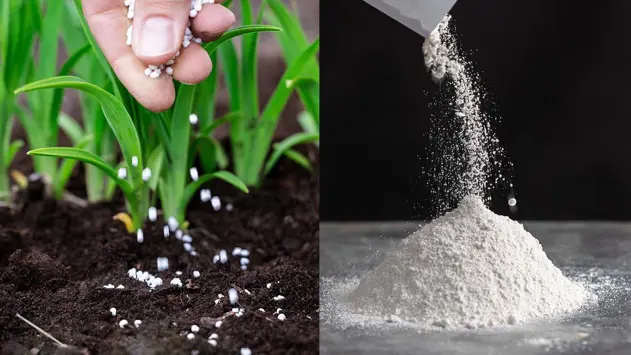Sustainable feed phosphate
Together with different partners, we are evaluating and demonstrating safe and effective use of our recycled calcium phosphates recovered from sewage sludge incineration ashes in animal feed.
Through our Ash2Phos process, phosphorus is extracted and converted into RevoCaP, a pure, non-crystalline calcium phosphate. To assess RevoCaP's viability, we have initiated several collaborative projects.
Our findings show that this recycled feed phosphate is highly digestible for animals such as pigs and chickens and meets all quality requirements set by feed legislation. Furthermore, we have thoroughly assessed the entire value chain- from sewage sludge to finished feed phosphate- to ensure it is free from relevant pathogens, including prions.
Read more about our evalutation projects for safe and effective use of our recycled calcium phosphates:
